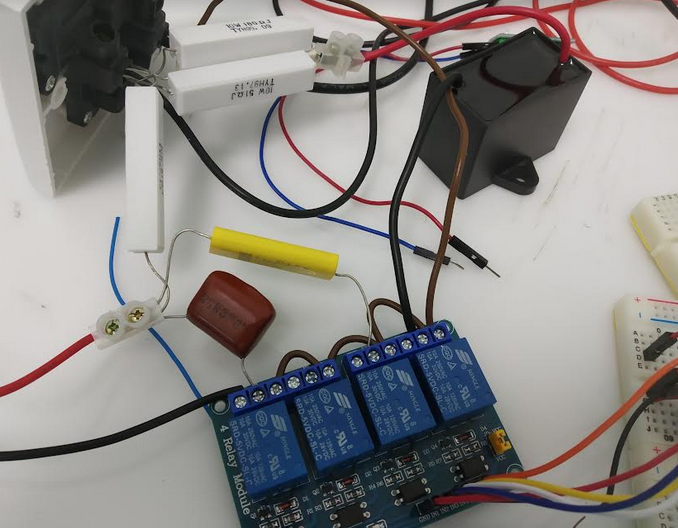I bought a new ACS712 current sensor. VIOUT to ground is 2.560 V under no load conditions. This is very accurate as my supply is 5.12 V.
I plug in an old fluorescent tube that needs a ballast and starter to check the current.
The photo of ballast
At first the reading, current and power factor is good as compared to a commercial wattmeter. I performed the power factor correction using a power factor capacitor and at this moment the reading is still good. After repeat the same demonstration several times, my current reading and power factor started to go bad and deviated more from the wattmeter reading.
I checked VIOUT of my current sensor again, and it is now showing 2.524 V on a 5.12 V supply. Is this normal? Will the arcing and current surge when I turn on the fluorescent light damage my current sensor? During turn on of the fluorescent light, my microcontroller will restart as the lamp flickers even though the brown out register has been disabled and I installed a small capacitor on the supply feed to the microcontroller.
Update: repeated the experiment several times and I found that every time if the relay trigger on (which is connected to a 1.25 uF capacitor), it tend to shift the VIout value randomly and this value will remain even after power off and turn on the 5 V supply, is there any explanation on this or just pure coincident? As i tried with other new current sensor, if not connected to the PF capacitor load, the value can be as accurate as 2.56 V at 5.12 V at no load condition and remain accurate as Vcc/2 after connected to other load than capacitor. Below are the picture of relay and capacitor.






